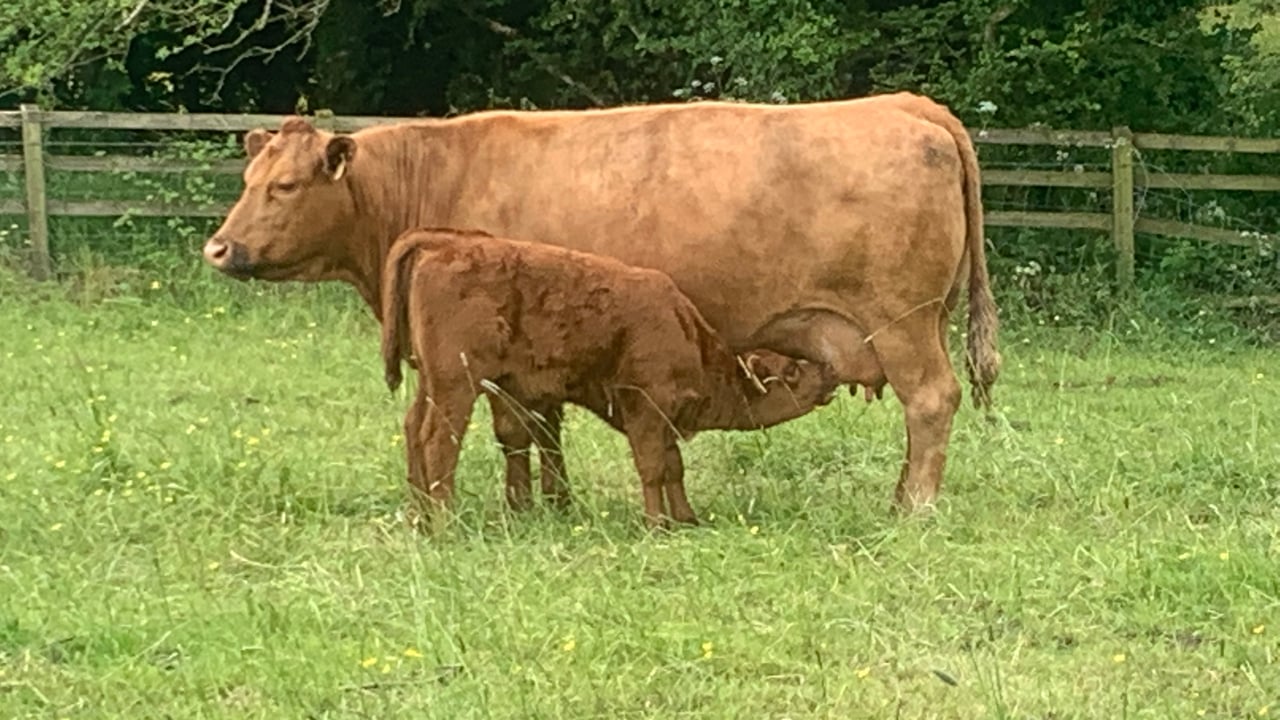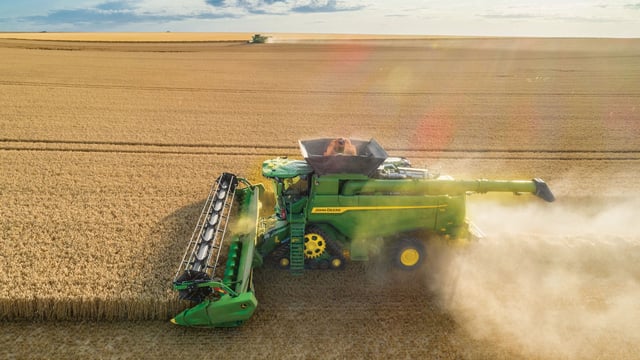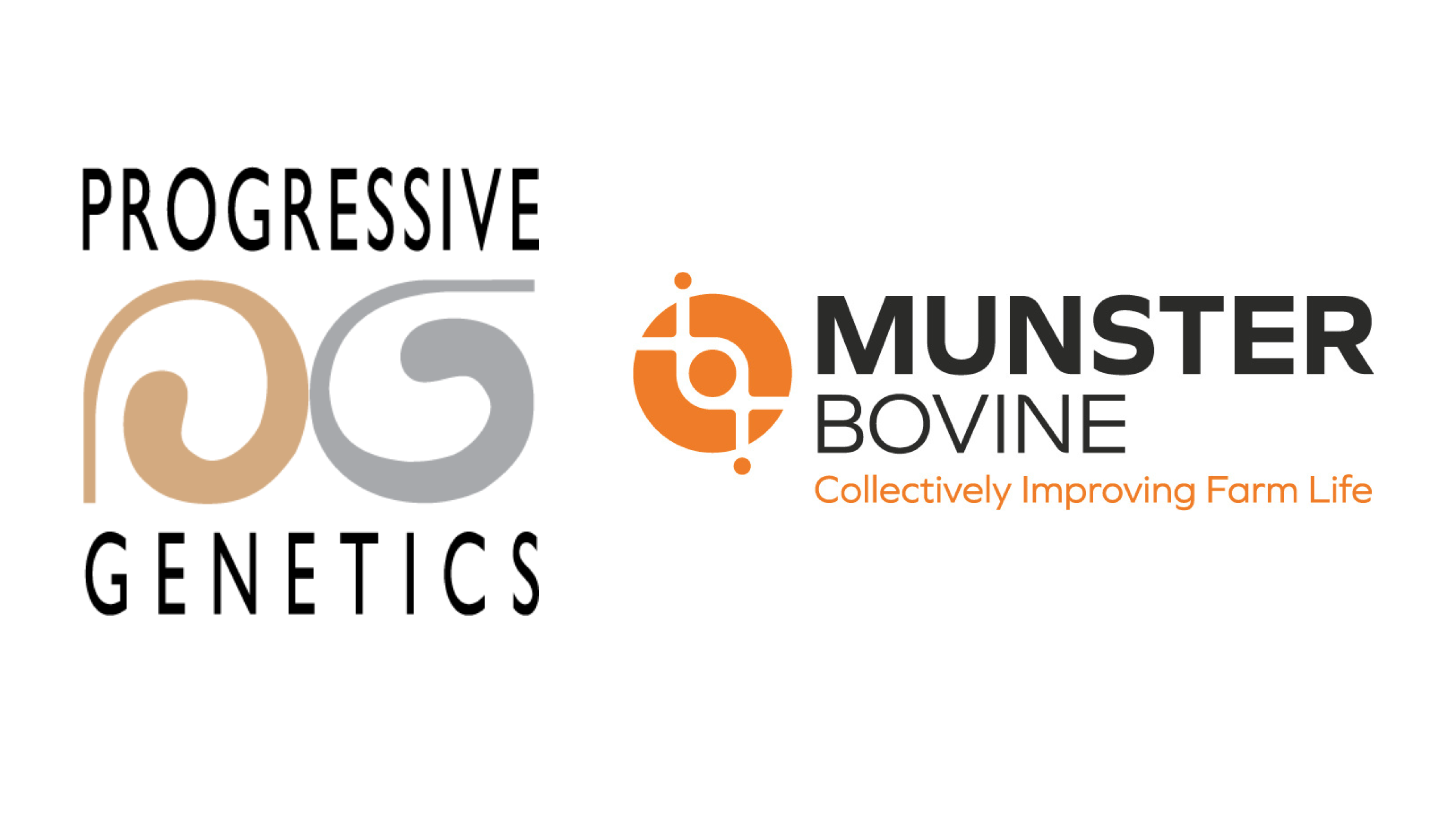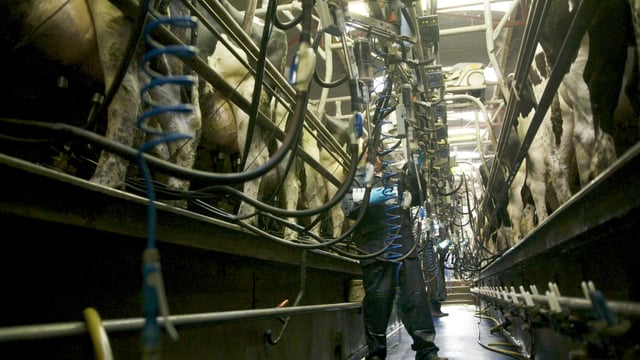Improving reproductive efficiency in suckler herds
Managing suckler herds so as to achieve a 365-day calving index should be regarded as an achievable target.
This was one of the key messages delivered by Teagasc’s Dr. David Kenny, who presented at the recent Agri-Food and Biosciences Institute (AFBI) beef open day.
He also confirmed that reproductive efficiency is key to the economic and environmental sustainability of suckler beef herds.
According to Dr. Kenny, fertility within beef herds is determined by four factors.
These are: puberty and age at first calving; duration of the post calving anoestrous interval; heat detection efficiency, if using artificial insemination and bull fertility in herds using natural service.
“Reproductive efficiency is a major factor determining the productivity and ultimately, profitability of beef cow enterprises.
“In both the Republic of Ireland and Northern Ireland, there is evidence that less than 20% of heifers calves for the first time at 24-months-of-age and the calving-to-calving interval is frequently close to 400 days.
“Reducing the age of first calving and calving-to-calving interval are also important for reducing the environmental footprint of beef production," he said.
Kenny stressed the absolute importance of managing replacement suckler heifers efficiently.
These animals represent the next generation of cows in a herd and ideally each year’s cohort of heifers should be genetically superior to their predecessors.
Significant costs are incurred during the rearing of replacement heifers.
It is imperative that these animal become pregnant early in their first breeding season, encounter minimal dystocia, are successfully re-bred to calve again within 365 days, and ultimately have long and productive lives within the herd.
The Teagsc beef breeding specialist continued:
“Research studies clearly show that delaying first calving from two years of age significantly increases costs.
“Indeed, beef heifers that conceived early during their initial breeding season and calved as two-year-old females have a greater probability of becoming pregnant as first calving cows, have greater lifetime production and tend to calve earlier in subsequent years.”
“Age at which puberty occurs will impact on the time of conception in the first breeding season and, ultimately, lifetime productivity.
“Additionally, conception rates are typically lower at the pubertal compared with subsequent heats.”
Research has confirmed that crossbred heifers typically reach puberty up to six weeks earlier than the average of their parental breeds.
Larger European continental breeds of cattle are older at puberty than traditional British beef breeds or dairy breeds.
However, breeds historically selected for milk production such as the Simmental, reached puberty at significantly younger than breeds such as the Charolais and Limousin.
Dr. Kenny continued:
“Replacement heifers should reach approximately 65% of their mature body weight at the start of the breeding period.
“On that basis, a high proportion of them will have reach puberty and conceive early in the breeding season.
“A 60 to 70% pregnancy target, to be achieved after three weeks of the breeding season should be set.”
Recommended 14-month live weight targets for a selection of suckler replacement heifer breed types follow: Aberdeen-Angus cross – 370kg; Simmental cross – 400kg; Limousin cross – 420kg; Charolais cross – 430kg.





